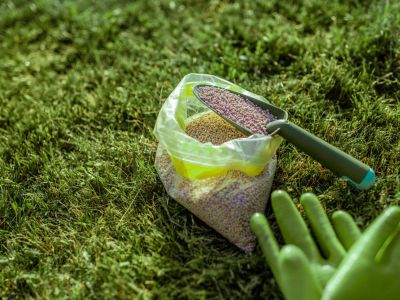Phosphorus Deficiency in the Soil
How can you tell if your garden has a phosphorus deficiency? The easiest way to tell is to look at the plants. If your plants are small, are producing little or no flowers, have weak root systems or a bright green or purplish cast, you have a phosphorus deficiency. Since most plants in the garden are grown for their flowers or fruit, replacing phosphorus in the soil if it is lacking is very important. There are many chemical fertilizers that can help you with replacing phosphorus and getting a good nutrient balance in your soil. When using chemical fertilizers, you will want to look for fertilizers that have a high “P” value (the second number in the fertilizer rating N-P-K). If you would like to correct your soil’s phosphorus deficiency using organic fertilizer, try using bone meal or rock phosphate. These both can help with replacing phosphorus in the soil. Sometimes, simply adding compost to the soil can help plants be better able to take up the phosphorus that is already in the soil, so consider trying that before you add anything else. Regardless of how you go about replacing phosphorus in the soil, be sure not to overdo it. Extra phosphorus can run off into the water supply and become a major pollutant.
High Phosphorus in Your Soil
It’s very difficult for a plant to get too much phosphorus due to the fact that it’s difficult for plants to absorb phosphorus in the first place. There’s no understating the importance of phosphorus in plant growth. Without it, a plant simply cannot be healthy. The basic function of phosphorus makes it possible to have beautiful and abundant plants in our gardens.
